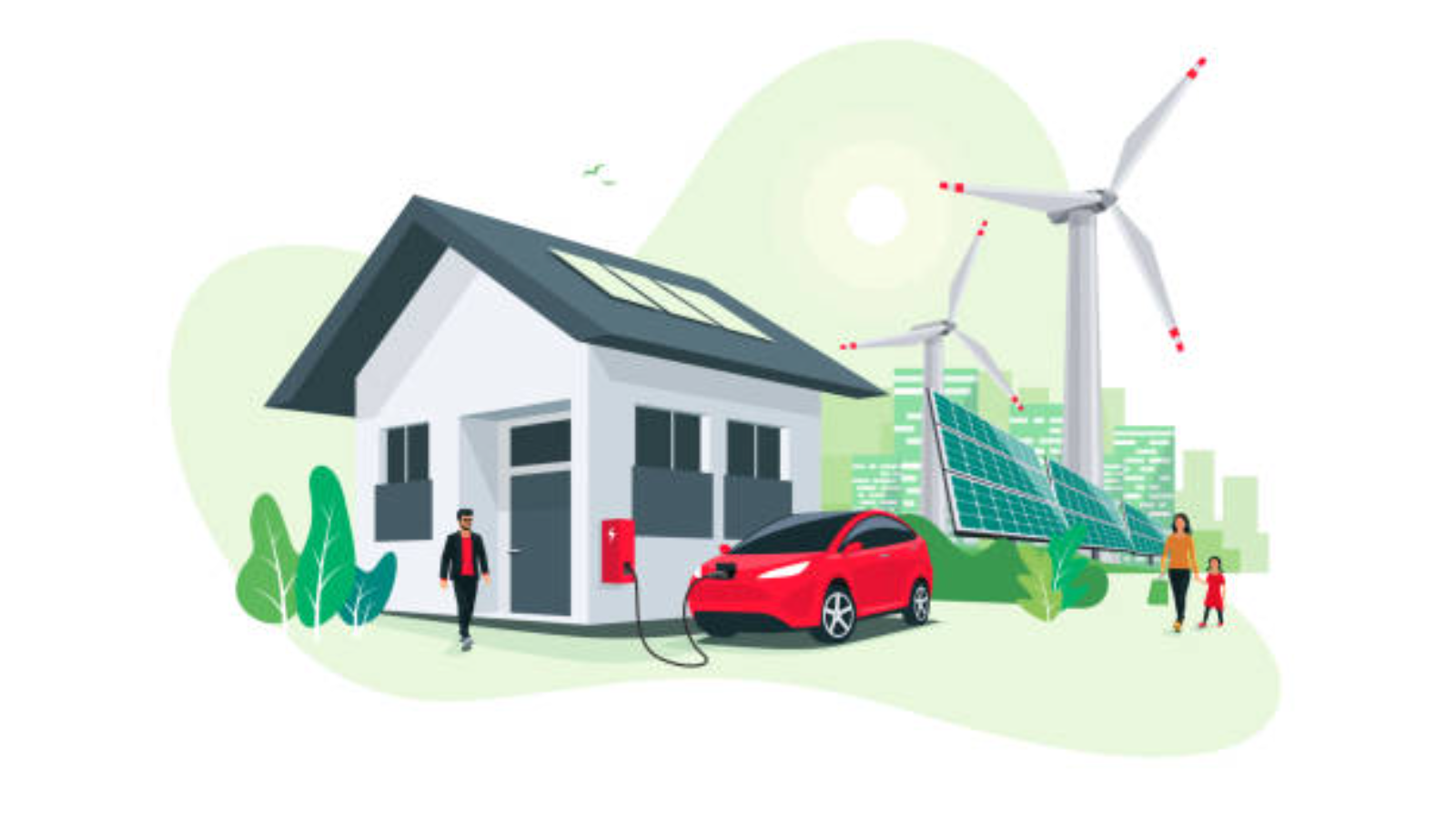In this Article
Introduction
The concept of smart cities has gained significant traction in recent years, driven by the need to enhance urban living through technology and data. As urban populations continue to grow, cities face challenges in areas such as transportation, energy management, and public services. Smart cities aim to address these challenges by leveraging advanced technologies to create more efficient, sustainable, and livable urban environments.
How Can a Smart City Be Created?
Creating a smart city also entails engaging with the community to gather feedback and ensure the initiatives align with residents’ needs and expectations. Establishing governance frameworks and policies that support innovation while safeguarding privacy and security is crucial for smart city success. Continuous evaluation ensures agility in responding to technological advancements and urban challenges, fostering resilience and forward-thinking urban environments. Here are the key steps to consider:
1. Establish a Vision and Goals
Before embarking on the journey to create a smart city, it is crucial to establish a clear vision and set specific goals. This involves:
- Engaging Stakeholders: Involve government officials, businesses, and residents in the planning process to ensure that the vision aligns with the needs and aspirations of the community.
- Defining Objectives: Identify the key areas that need improvement, such as transportation, energy efficiency, public safety, and healthcare.
- Setting Measurable Targets: Establish clear, quantifiable goals to track progress and measure the success of smart city initiatives.
2. Develop a Robust Infrastructure
A smart city relies on a strong foundation of infrastructure to support its various components. Key elements include:
- High-Speed Connectivity: Ensure the availability of high-speed internet and wireless networks to facilitate communication and data exchange.
- IoT Devices: Deploy a network of Internet of Things (IoT) devices, such as sensors and smart meters, to collect real-time data on various aspects of urban life.
- Data Centers: Establish data centers to store and process the vast amounts of data generated by IoT devices and other sources, ensuring robust cybersecurity measures to protect sensitive information and maintain data integrity.
3. Implement Smart Solutions
Once the infrastructure is in place, the next step is to implement smart solutions that address specific urban challenges. Some examples include:
- Smart Transportation: Develop intelligent transportation systems that optimize traffic flow, reduce congestion, and promote the use of public transit and electric vehicles.
- Energy Management: Implement smart grids and energy-efficient technologies to reduce energy consumption. This promotes the use of renewable energy sources and optimizes city-wide energy distribution for sustainability and cost-effectiveness.
- Public Safety: Public safety initiatives in smart cities also include leveraging real-time data and AI-driven algorithms to improve incident response times and mitigate risks effectively.
4. Foster Collaboration and Innovation
Creating a smart city requires collaboration and innovation from various stakeholders. Key actions include:
- Public-Private Partnerships: Foster partnerships between government agencies, private companies, and academic institutions to drive innovation and investment in smart city initiatives.
- Open Data Platforms: Develop open data platforms that allow stakeholders to access and share data, fostering transparency and enabling the development of new applications and services.
- Community Engagement: Encourage community participation and feedback to ensure that smart city solutions address the needs and preferences of residents.
5. Ensure Sustainability and Scalability
To create a truly smart city, it is essential to focus on sustainability and scalability. Key considerations include:
- Environmental Impact: Implement eco-friendly technologies and practices to minimize the environmental impact of urban activities.
- Scalable Solutions: Scalable solutions in smart city development involve flexible infrastructure and adaptable technologies that can grow with urban expansion. This includes using predictive analytics for resource optimization and fostering ongoing innovation and collaboration.
- Continuous Improvement: Regularly assess smart city initiatives and adjust for continuous improvement and long-term success.
Conclusion
Creating a smart city also involves addressing challenges such as data privacy and security to protect citizen information and build trust. It’s essential to leverage data analytics to optimize city operations and enhance service delivery across sectors like transportation, and energy management. Moreover, promoting innovation hubs and digital literacy programs can empower residents to actively participate in and benefit from the smart city ecosystem. As cities evolve into more interconnected and sustainable entities, the role of smart technologies in driving economic growth and social equity becomes increasingly significant.
How Can We Help?
The AlphaX ecosystem is designed to address the challenges of creating smart cities by providing innovative solutions and expertise. Our platform offers a comprehensive suite of tools and services to support the development and implementation of smart city initiatives. AlphaX offers high-speed connectivity, IoT devices, data analytics, and strategic partnerships to transform your city into a smart city.
For more information on how we can help, please contact us.
References
Related Blog Posts
How Smart Cities Connect: Getting Started with Edge AI and IoT Technology
How to Get Started with Edge AI and IoT Technologies in Smart Cities: Overcoming Integration Challenges In recent years, the concept of smart cities has evolved from a futuristic Read More
5 Step Strategy: Ensuring Security and Privacy in 15-Minute Smart Cities
Introduction Ensuring security and privacy in 15-minute smart cities is a critical challenge as urban areas become increasingly connected through IoT and edge AI technologies. These cities aim to Read More
What is a smart city and the challenge of legacy systems
How to Get Started with Integrating Legacy Systems in Smart Cities Smart cities are transforming urban landscapes by leveraging technology to improve the quality of life for residents. However, Read More




